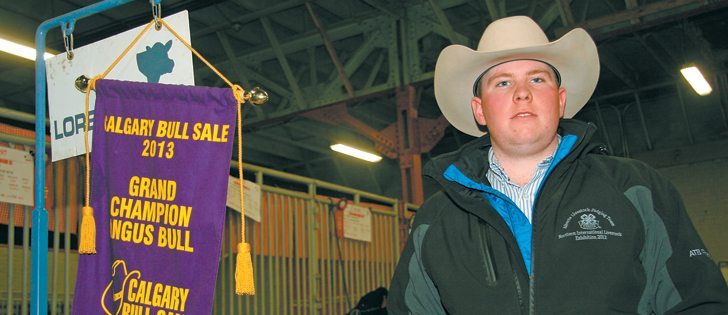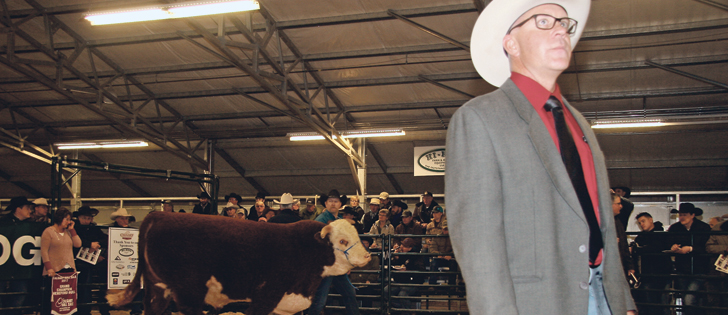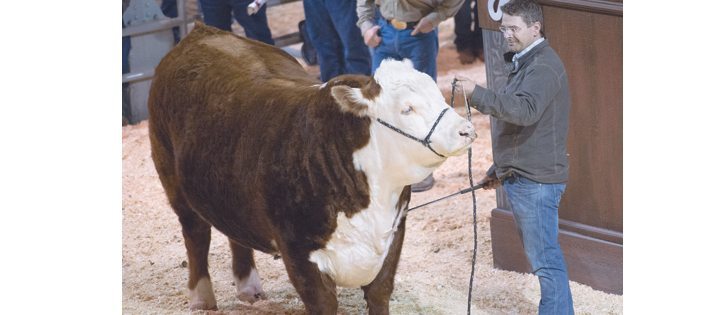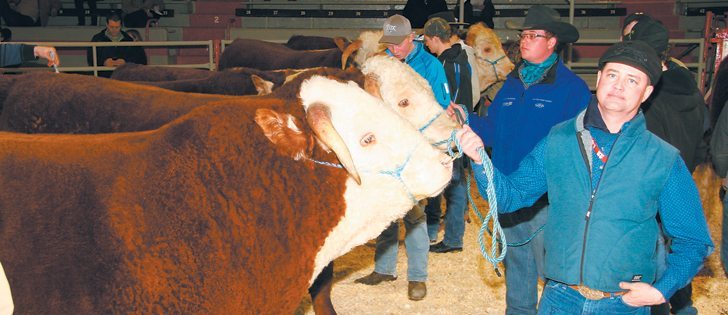Interest growing | Breeders say an increasing demand illustrates a new outlook
The Calgary Bull Sale may be a shadow of its former self, but it continues to draw a group of dedicated consignors.
“This is their main marketing avenue, not just for sales but for promotion of their business,” said Doug Finseth, president of the Alberta Cattle Breeders Association, which has organized the event for 113 years.
“Consignment sales are a very good place for the smaller breeders to get exposure for their cattle.”
More breeders are opting to hold their own sales, and all of those have been strong this spring, indicating optimism is returning to the beef industry after 10 years of struggle with drought, BSE and market volatility.
Read Also

Canadian Food Inspection Agency slammed for handling of bovine tuberculosis case
The federal government leans heavily on producers to “take one for the team” and risk their livelihoods without any reassurance of support.
Finseth, who manages the Bar Pipe Ranch at Okotoks, Alta., said calls are coming in not only for new bulls but also for good female breeding stock.
“We are getting calls for replacement females to build cow herds. That’s the best news, and it is a young generation that is coming back.”
The increased interest has also been noted at Lorenz Angus Farms in Markerville, Alta.
“Between this and our own sale at home, we have probably had as much if not more bull interest than we have had in the last five years,” said Chad Lorenz, who had the grand champion Angus bull at the March 7 sale in Calgary.
It sold for $7,000 to M & R Damon Farms of Strathmore, Alta.
Lorenz, a student at Lakeland College in Vermilion, is graduating this spring with a diploma in animal science. He plans to return to the family farm and continue building its purebred Angus herd.
He sees a trend to rebuild the Canadian beef herd, which has shown little or no growth since 2005. The latest Statistics Canada census puts the herd at 12.3 million head.
“We are at a point where our demand will outstrip our supply,” he said.
He also sees a future for purebred cattle because they provide consistency for the commercial sector.
“We need purebred cattle so we can breed uniform, consistent cattle that have performance,” he said.
Gordon Henderson, who has run purebred cattle since 1947, has a longer view of where the industry is going. His ranch, Little Poplar Grove Herefords at Forestburg, Alta., sold the grand champion for $35,000 to Crone Herefords of Hardisty, Alta.
The Hendersons’ herd started with four Hereford females and has been developed for growth rather than fashion.
“My dad always said when you sell them at the auction mart, those calves that weigh the most bring the most money,” he said.
The family has been consigning to the Calgary sale for 45 years and has won numerous awards for their Herefords at this event. With prices high for grain and oilseeds and better paying jobs in other sectors, he wonders how long many beef operations will continue.
“It gets to the basics of economics. We are not getting as much for bulls as we did 10 years ago,” he said.
However, sticking with the basics of a breed like Hereford has paid the bills on the family’s mixed farm, even though they have tried many other breeds that did not work as well in the dry country of east-central Alberta.
“Right now, the Hereford thing is good. We sold our bottom end Hereford calves to Russia for $1,700,” he said.
The family sold cattle overseas last year, and another load is going this spring.
















